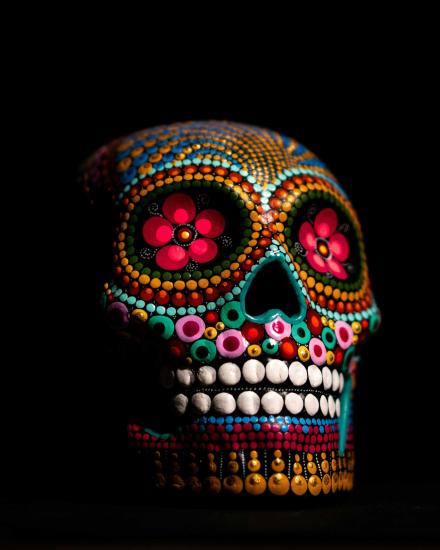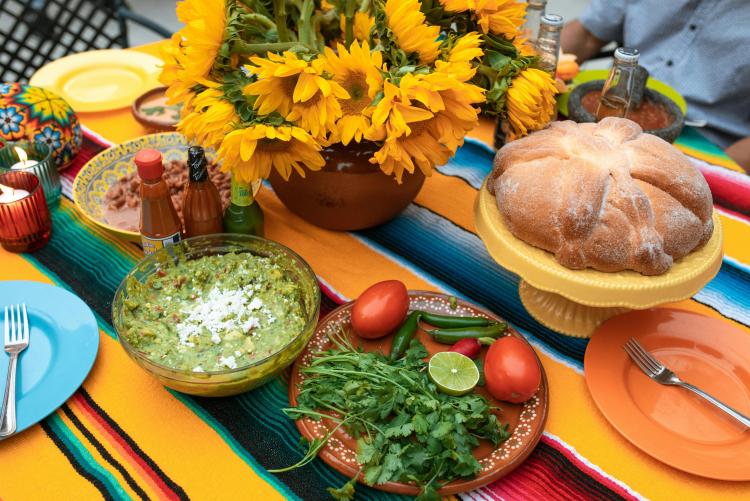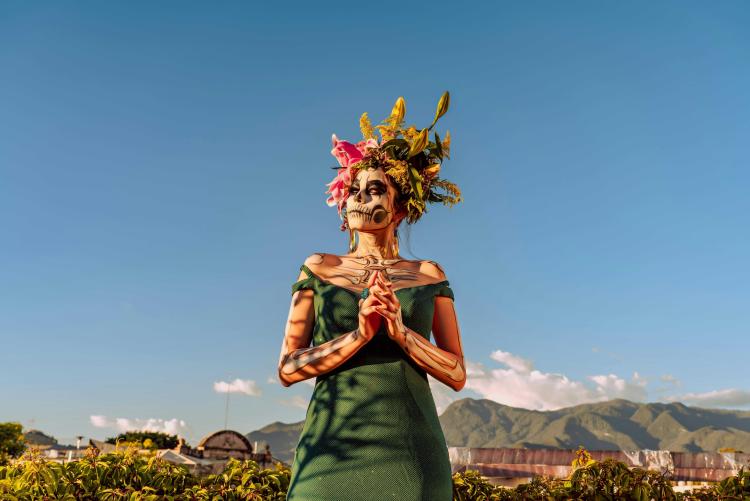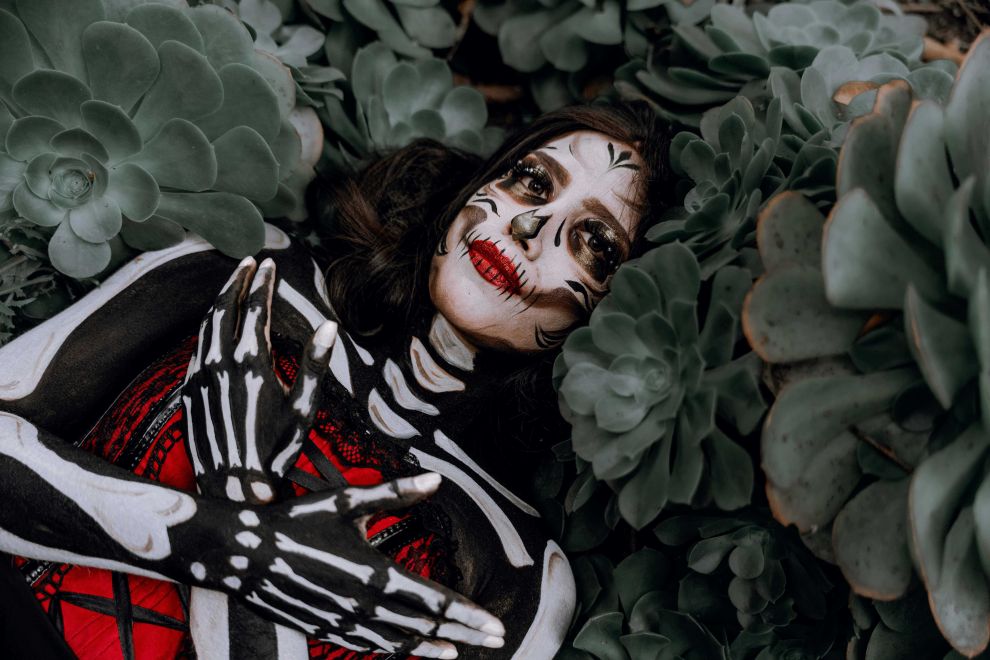Día de los Muertos
Experience a joyful blend of remembrance as families honor their departed loved ones with colorful altars and cherished traditions.

Los Muertos" or "The Day of the Dead" is a vibrant and deeply meaningful celebration observed primarily in Mexico and parts of Latin America. This festival, which takes place on November 1st and 2nd, honors deceased loved ones, inviting their spirits back to the world of the living. Families create elaborate altars, or "ofrendas," adorned with photos, favorite foods, and mementos of the departed. Marigolds, known as "cempasúchil," are often used to guide the spirits with their bright colors and fragrant scent.
The celebration is a unique blend of indigenous traditions and Catholicism, reflecting the rich cultural mix of the region. Unlike somber mourning, "Los Muertos" is a joyful remembrance, where families gather to share stories, play music, and enjoy each other’s company. The blending of life and death in this celebration serves as a reminder of the cyclical nature of existence, emphasizing love, memory, and the enduring connection between the living and the dead.

In addition to the altars and festivities, the Day of the Dead often includes vibrant parades and community gatherings that bring people together in celebration. Traditional foods, such as pan de muerto (a sweet bread shaped like a skull) and sugar skulls decorated with colorful icing, are essential elements of the festivities. Each item placed on the altar holds significance, symbolizing various aspects of life and death. The customs can vary by region, with each community adding its unique flavors and traditions, yet the core theme remains the same: honoring and remembering those who have passed. This celebration fosters a sense of continuity, allowing families to share their heritage and stories with younger generations, ensuring that the memories of loved ones live on.

